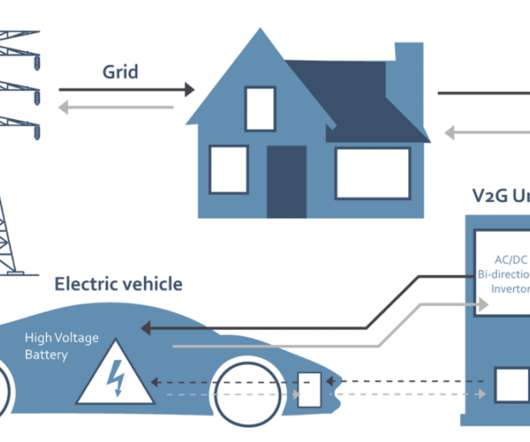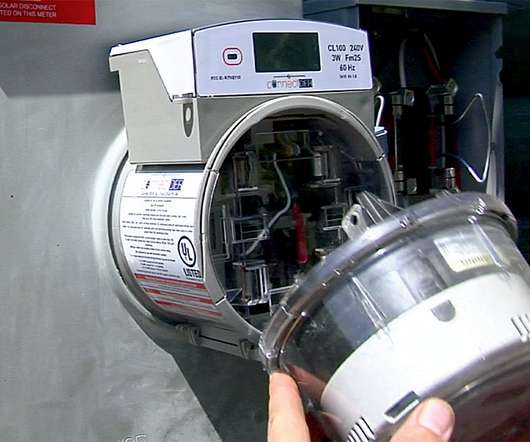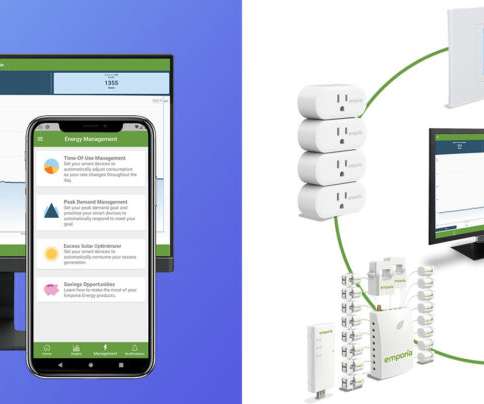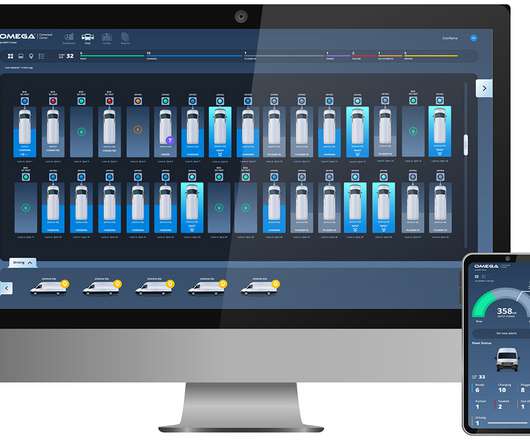The Future of Charging: Bidirectional V2G
MyEVOnline
AUGUST 3, 2020
After you connect your car’s battery to a DC rapid charging station, AC or alternating current from the grid is converted and stored inside the vehicle in the form of DC or direct current. For this purpose, you either have an AC-DC converter inside the EV or a built-in converter inside the charger.











Let's personalize your content